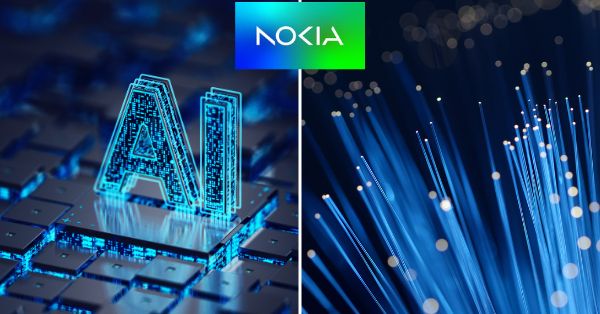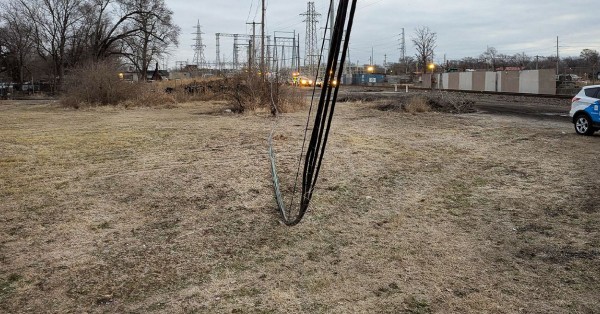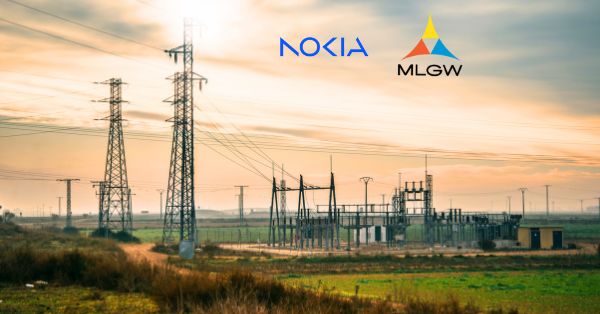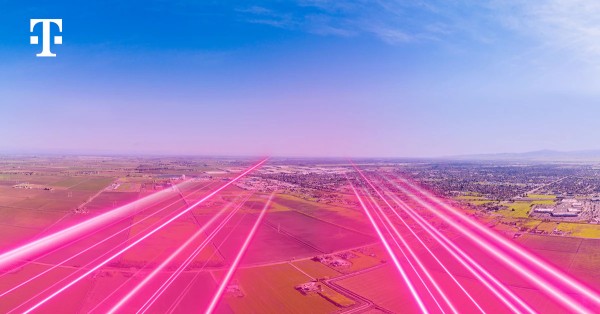Nokia and Global Fiber Peru Bring High-Speed Fiber Network to the Amazon Rainforest
New subaquatic optical, IP, and XGS-PON fiber broadband network enhances connectivity for 400 communities, bridging the digital divide.
Iquitos and Santa Rosa de Yaraví (Peru), Leticia (Colombia), and Tabatinga (Brazil) gain access to multi-gigabit broadband services, reaching over 500,000 people.
Lima, Peru – May 28, 2024 – Nokia, in collaboration with Global Fiber Peru, has successfully deployed a state-of-the-art subaquatic Optical, IP, and XGS-PON fiber broadband network deep in the Amazon rainforest. This initiative aims to reduce the digital divide by providing high-speed internet to over 400 remote communities.
Global Fiber Peru, established in 2015 as a subsidiary of the Satelital Group, operates an extensive fiber optic network throughout Peru, with a particular focus on the country’s 180 provincial capitals. The new subaquatic network, buried within the Amazon River, now connects approximately 500,000 people in an area where Peru, Colombia, and Brazil converge.
Transformative Connectivity in the Amazon Rainforest
Nokia’s cutting-edge subaquatic optical backbone links Iquitos and Santa Rosa de Yaraví in Peru, Leticia in Colombia, and Tabatinga in Brazil. This network enables Global Fiber Peru to offer the first FTTH (Fiber-to-the-Home) broadband service in the region, along with multi-gigabit capabilities for enterprise users. This development is set to enhance various local industries, including oil production, agriculture, timber extraction, fishing, tourism, and border trade.
The deployment includes Nokia’s comprehensive solution featuring the 1830 Photonic Service Switch (PSS), 7750 service routers, 7250 interconnect routers, 7210 services access systems (SAS), network service platform (NSP), FX 8 and FX 16 optical line terminals (OLT), fiber optical network terminals (ONTs), and Nokia Beacon 1 devices, ensuring a superior Wi-Fi experience.
Collaboration and Future Prospects
Nokia partnered with FYCO, a Latin American specialist in fiber telecom networks, to execute the project. Together, they are providing training, professional services, and ongoing maintenance. This collaboration also includes upgrades to existing fiber networks in Lima, Cusco, and Huancayo.
Rocío Castilla, CEO of Grupo Satelital, emphasized the project’s significant impact on social, economic, and educational development by providing thousands with access to high-quality internet. She highlighted the successful completion of the network’s initial phase, connecting Yurimaguas to Iquitos through the Amazon River, and the subsequent phase executed with Nokia’s support.
Obed Dionisio, CEO of Global Fiber, expressed pride in being the first company to deploy an optical fiber network in the Amazon River, connecting three countries and significantly bridging the digital gap in previously inaccessible areas. He praised the partnership with Nokia for enabling high-speed internet access to isolated communities, elevating their connectivity to urban standards.
Edwar Juárez, Co-CEO of FYCO, highlighted the strategic investment in this initiative, leveraging Nokia’s innovative technology to connect regions isolated by dense jungle. He reaffirmed FYCO’s commitment to high-impact projects across Latin America, aiming for a more inclusive and sustainable future.
Osvaldo Di Campli, SVP & Head of Network Infrastructure Americas at Nokia, underscored the importance of this project in providing fiber connections to hundreds of Amazonian communities for the first time. He noted the positive impact on local businesses and communities and expressed appreciation for Global Fiber Peru’s trust in Nokia and FYCO, looking forward to future collaborations.
For more information, visit Nokia Broadband for the Future and Nokia Fiber for Everything.










































